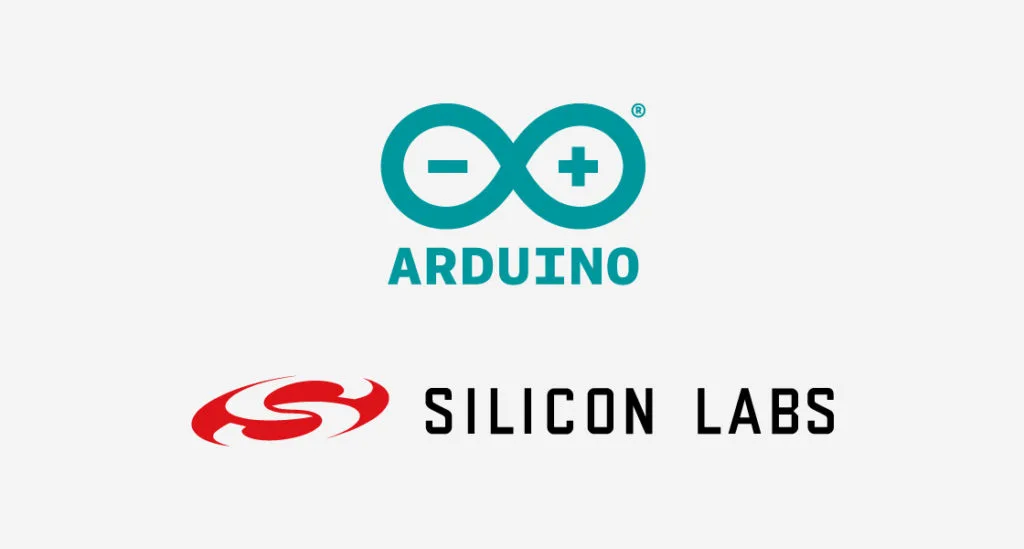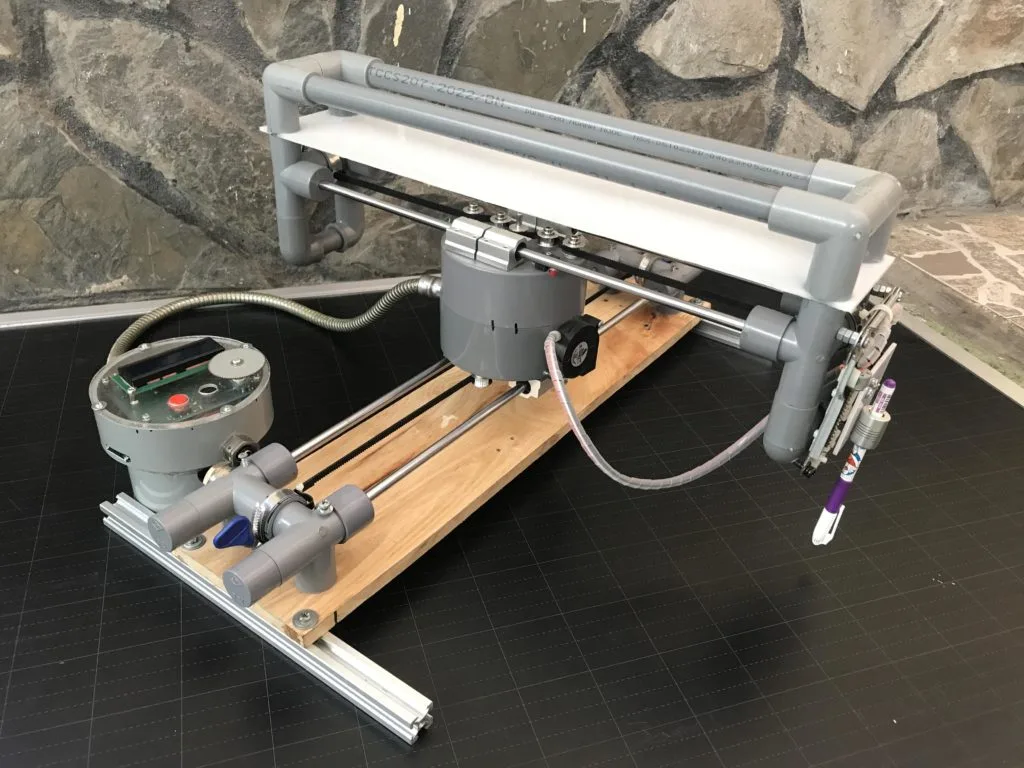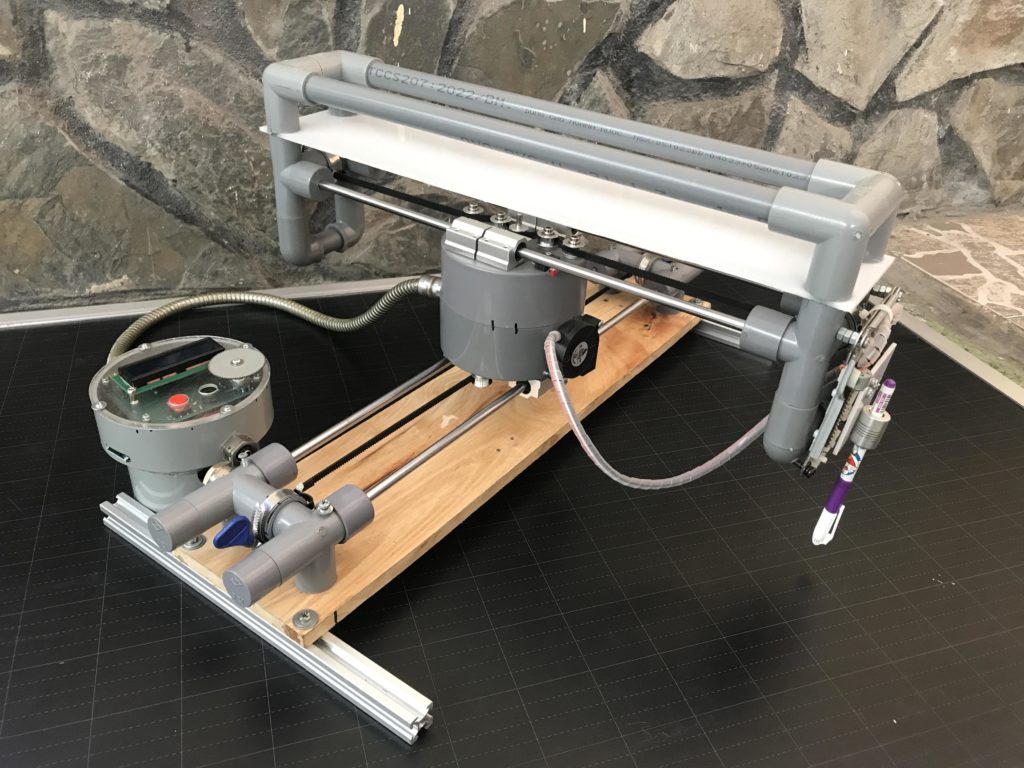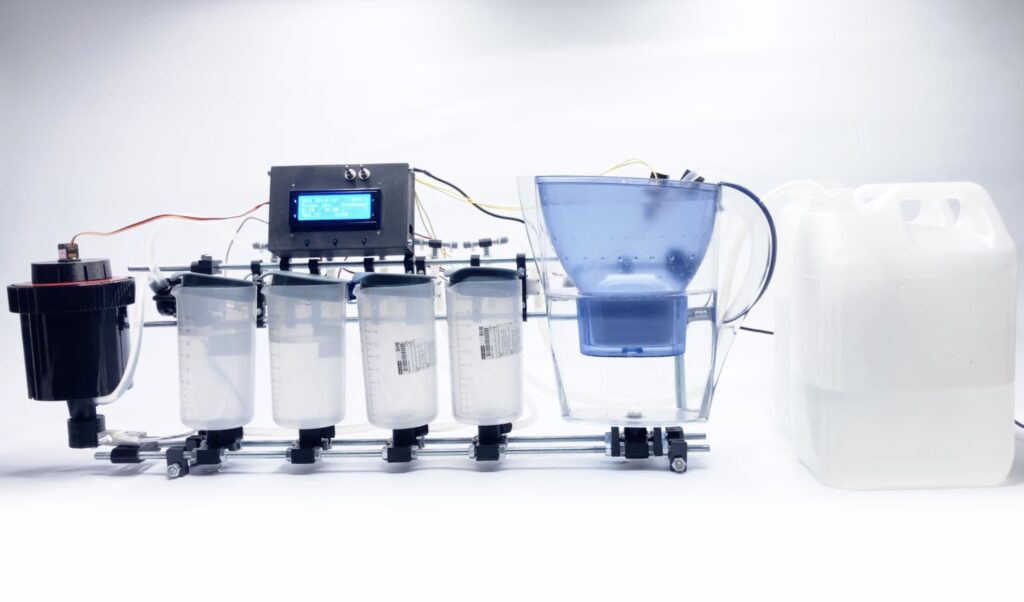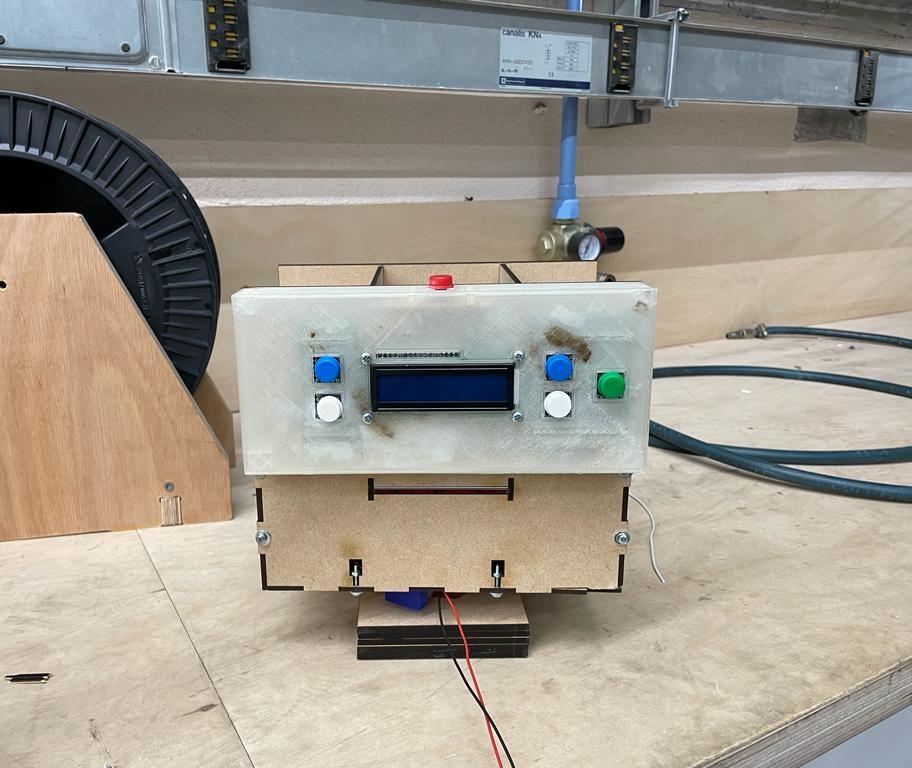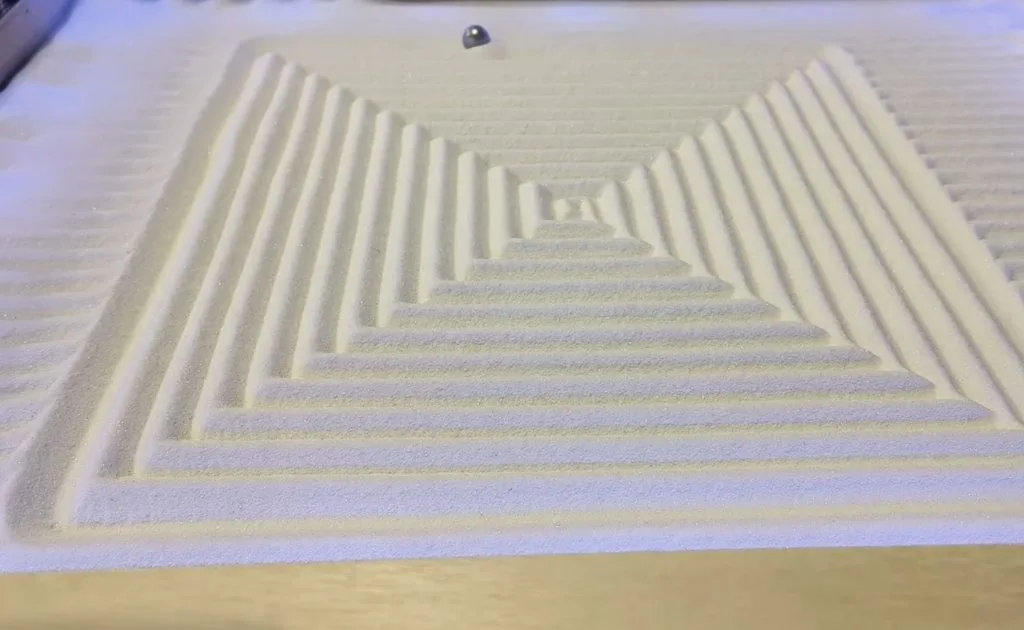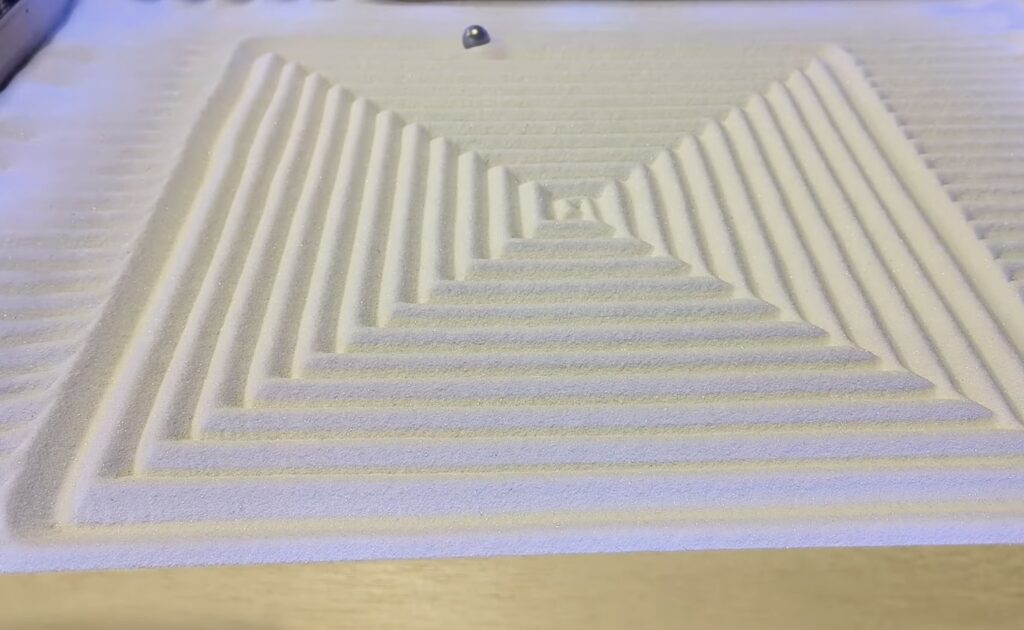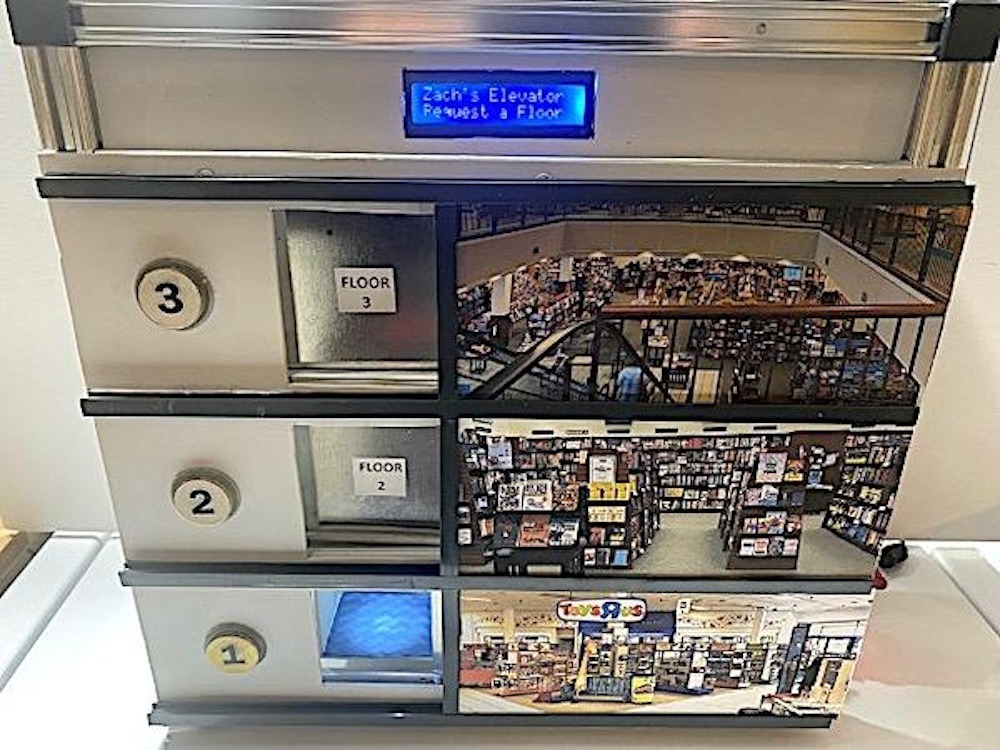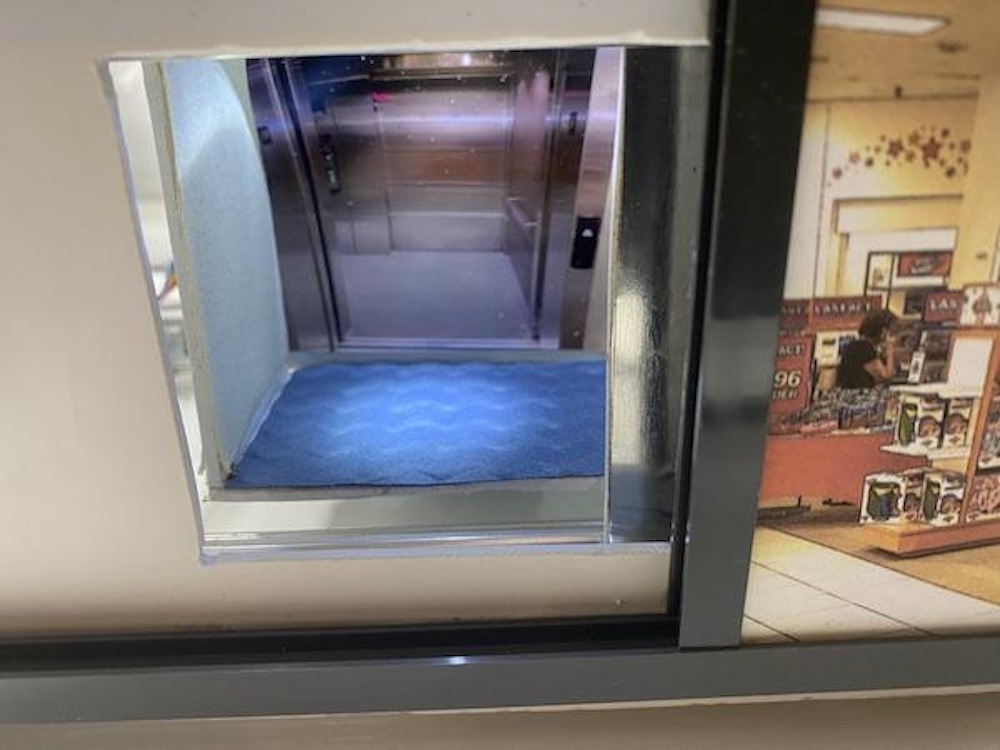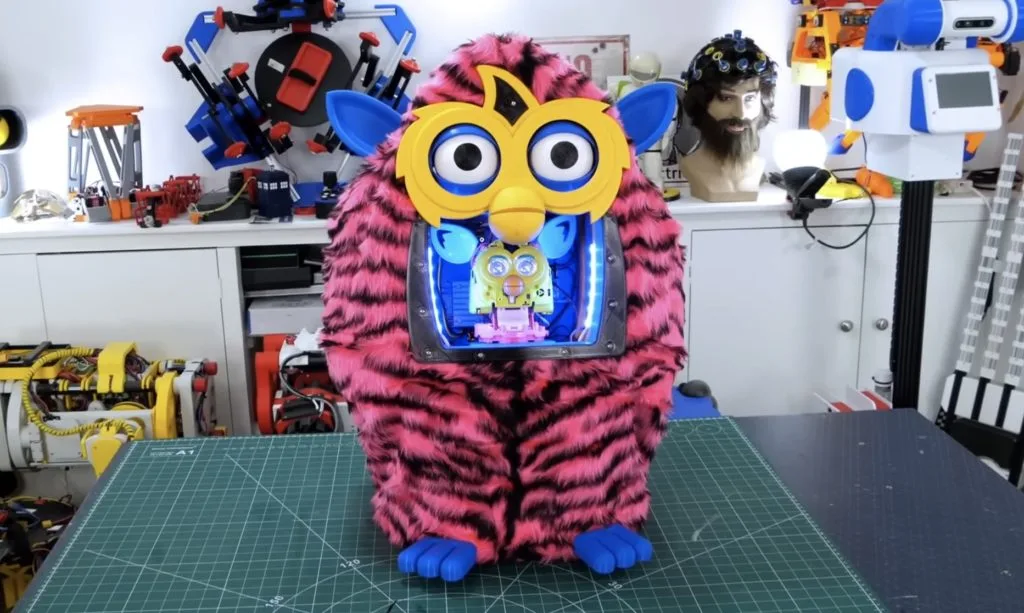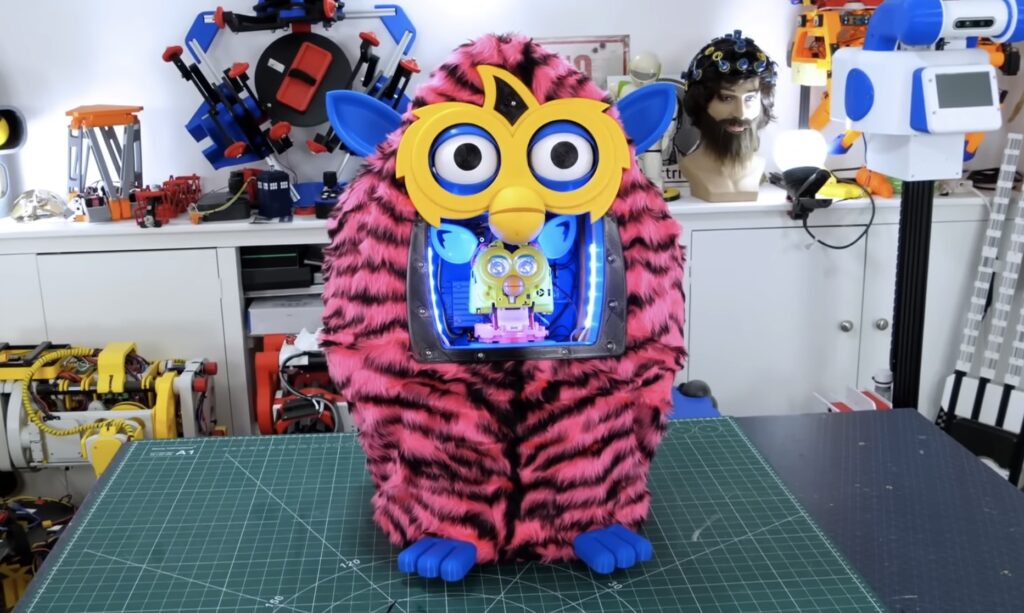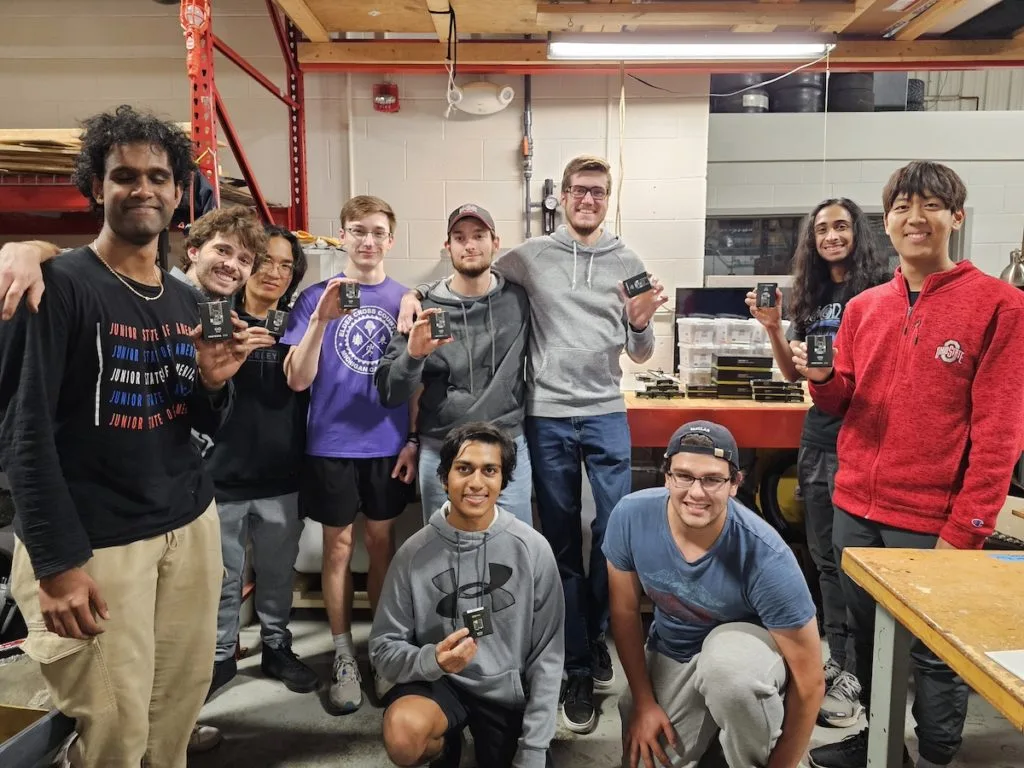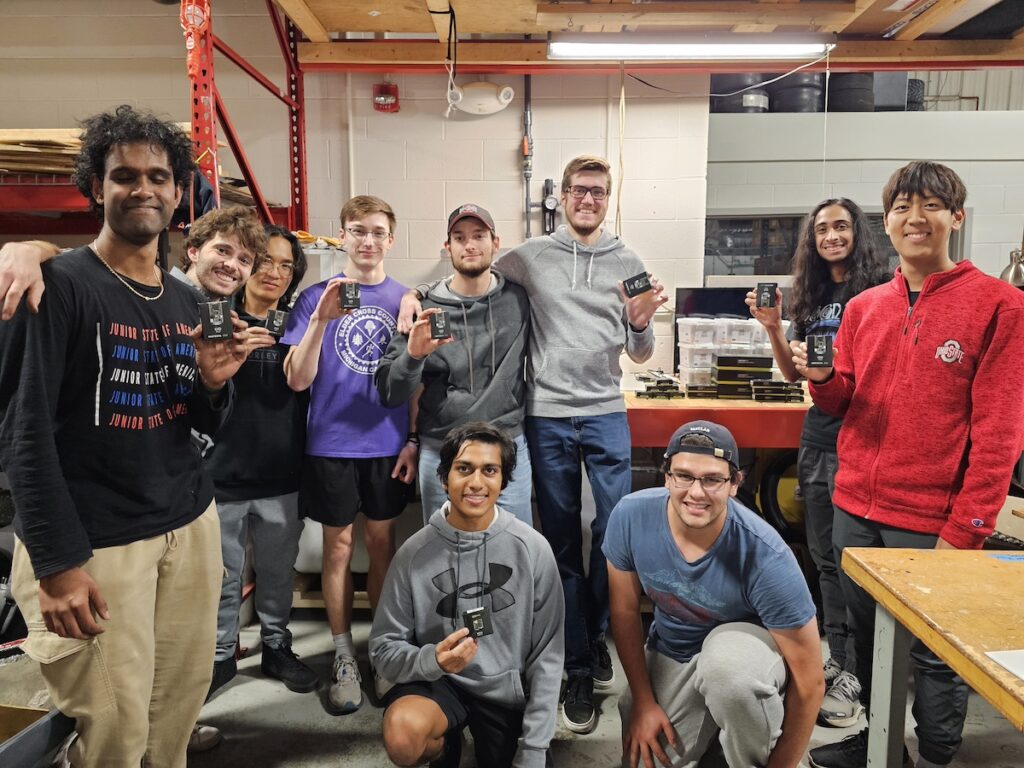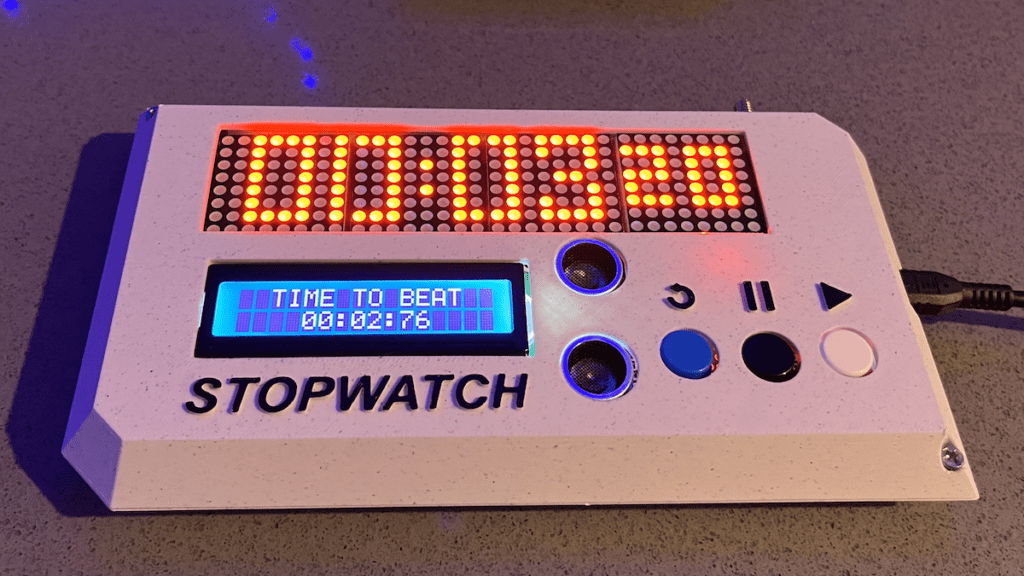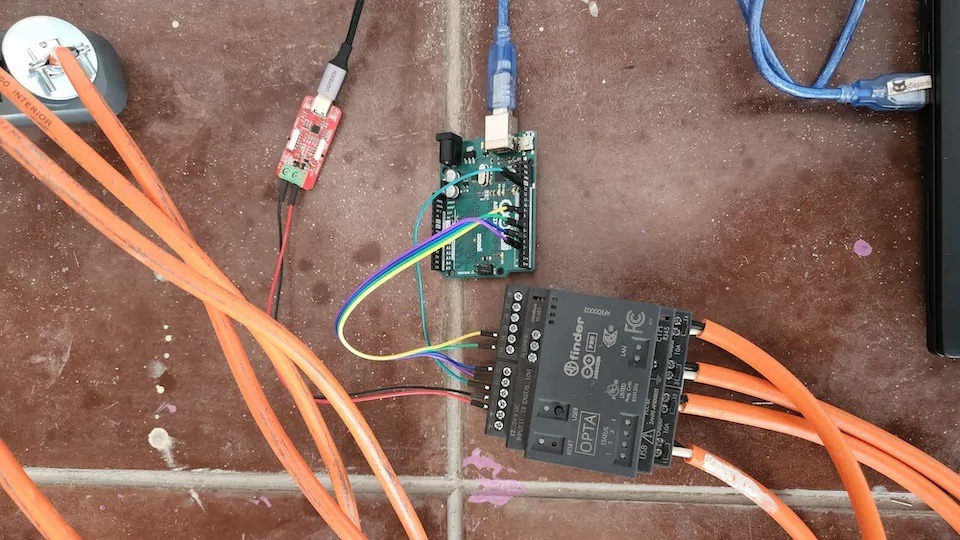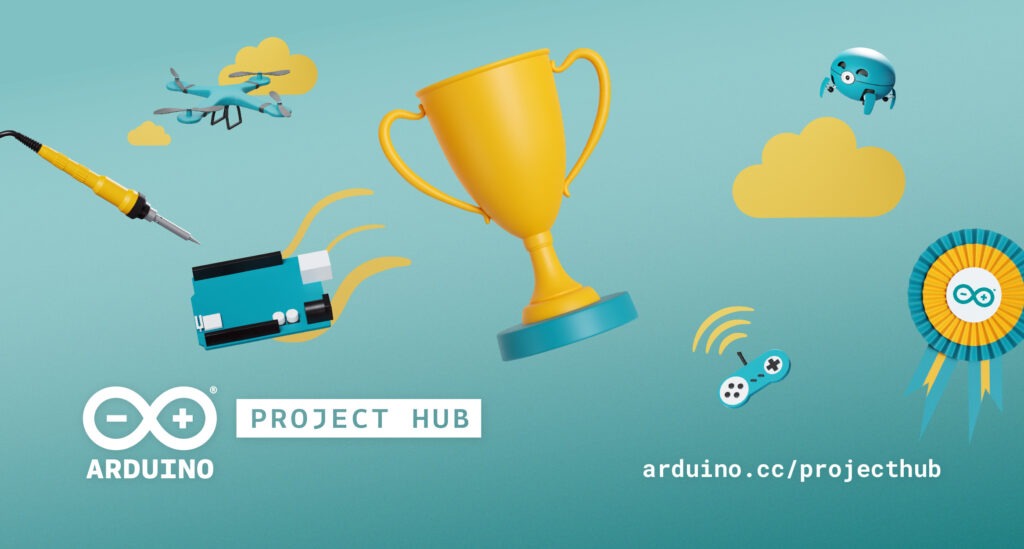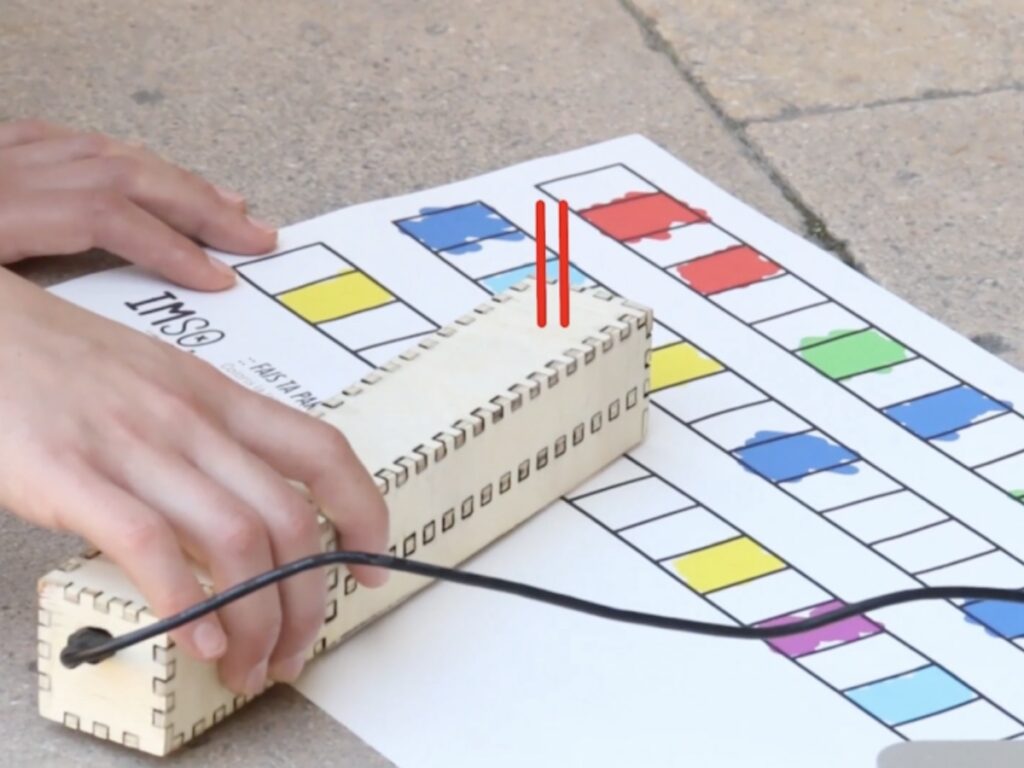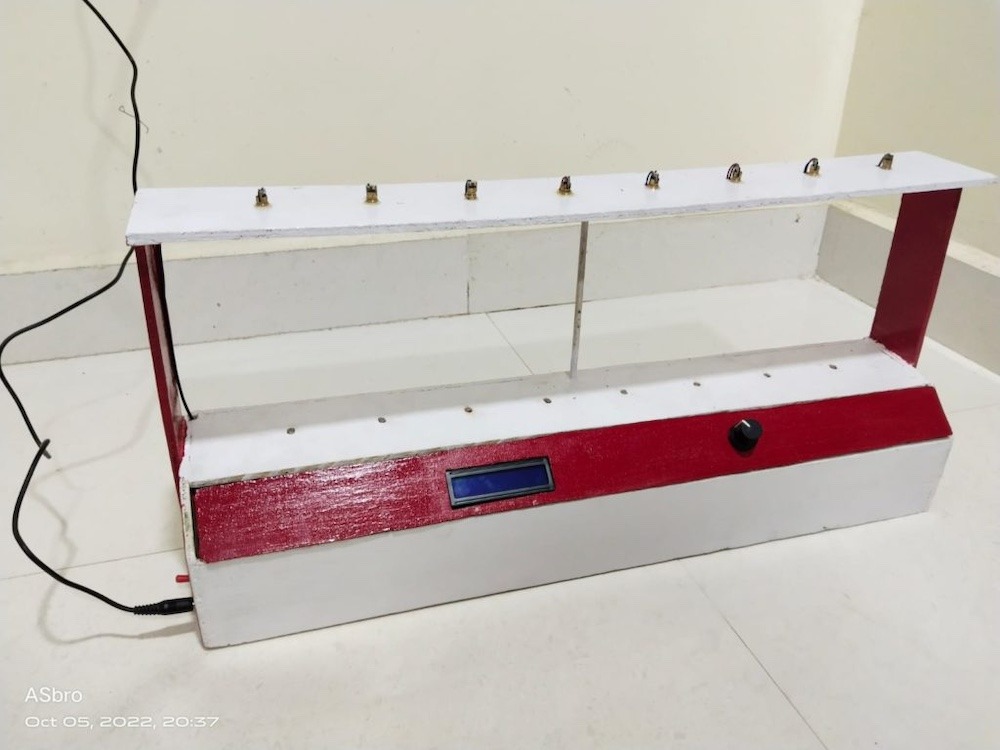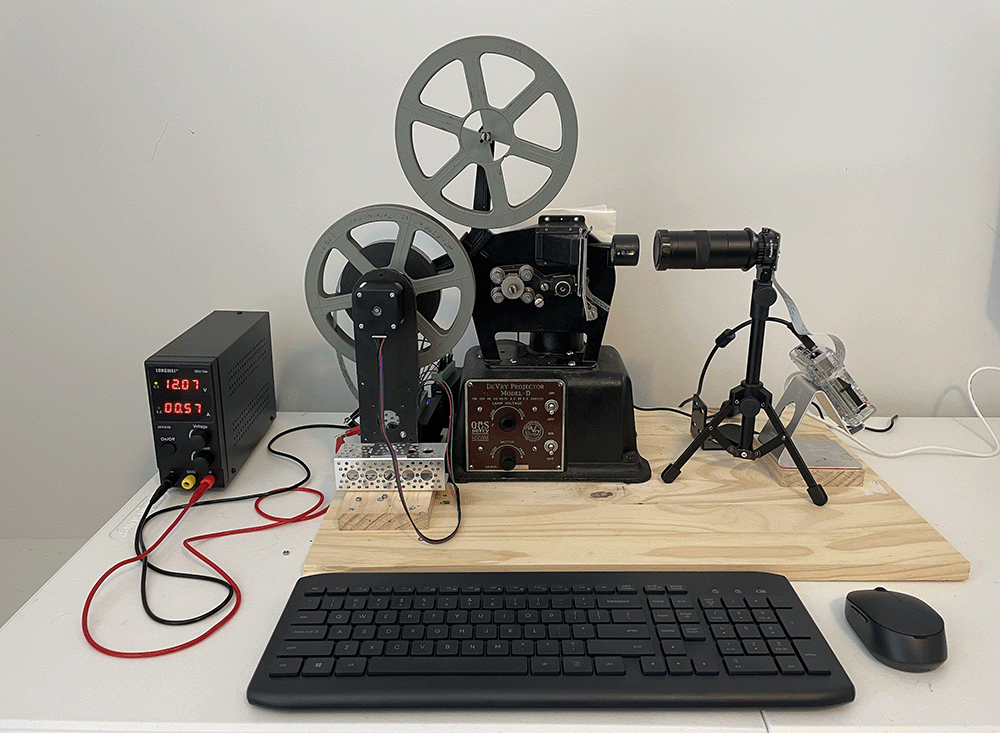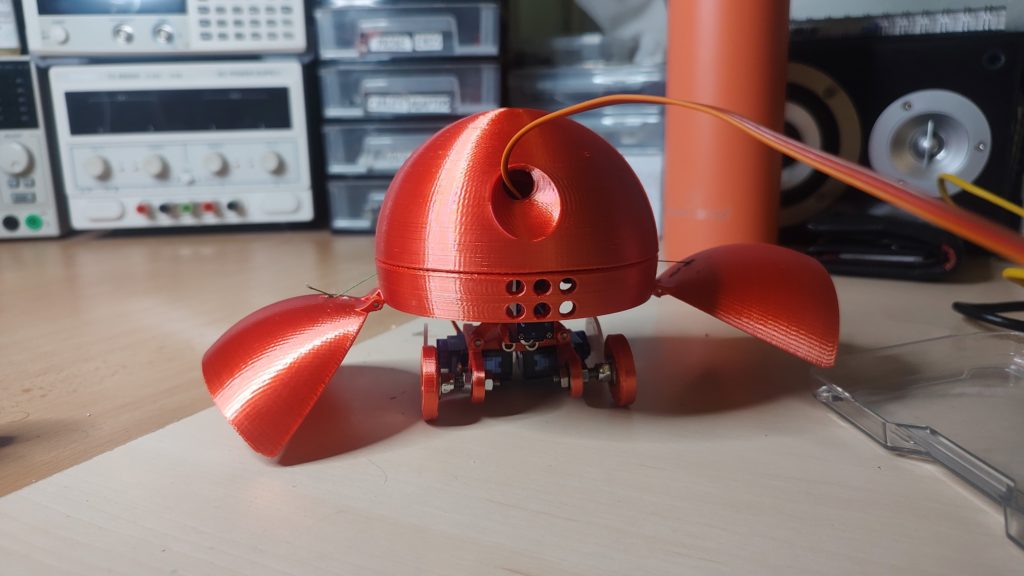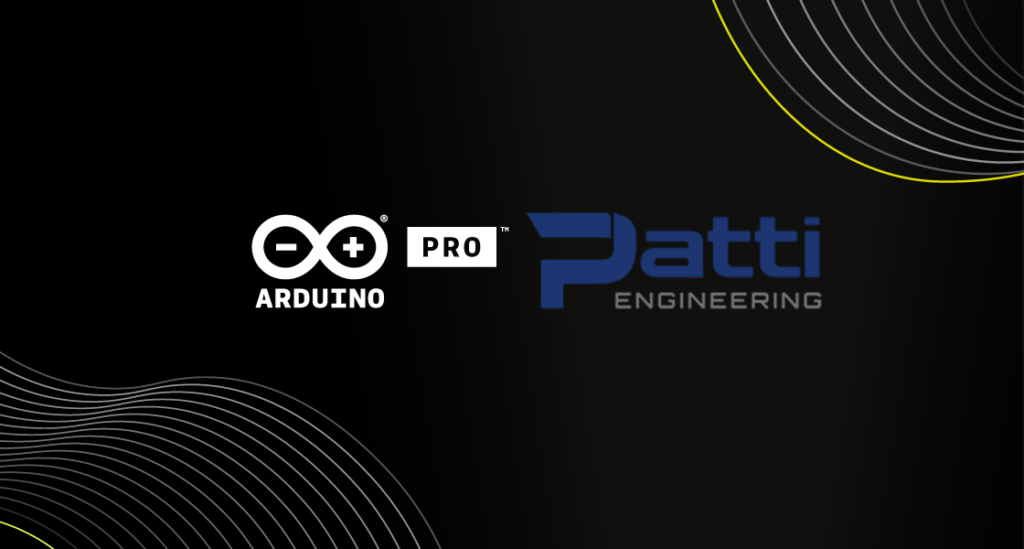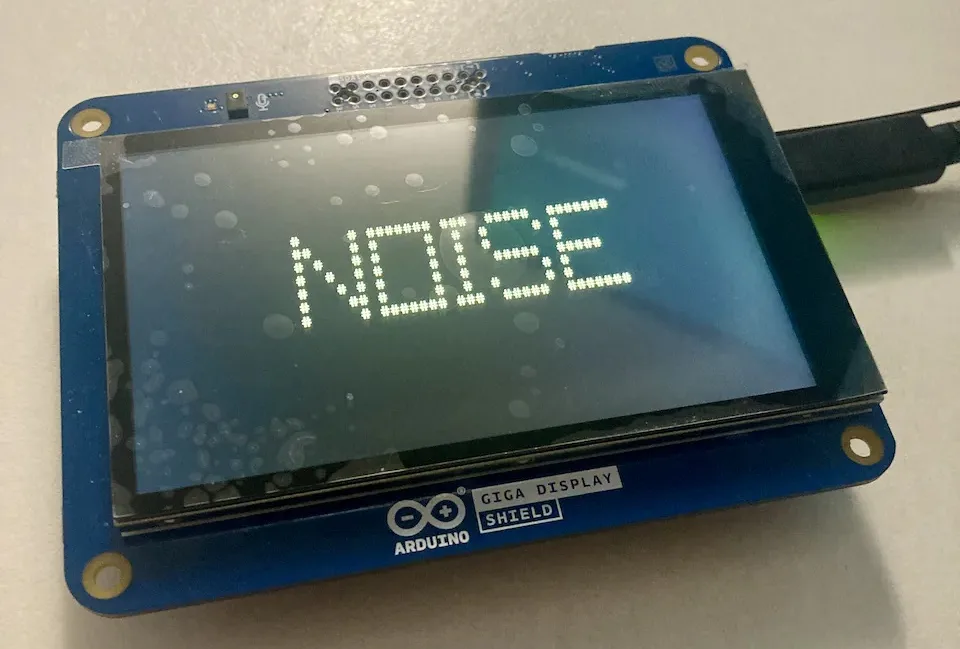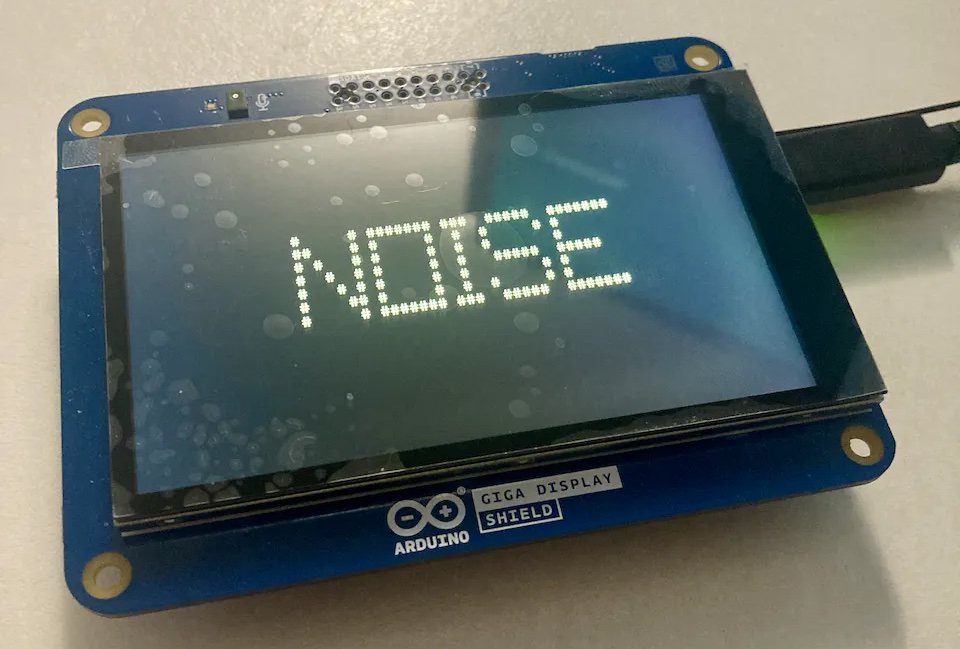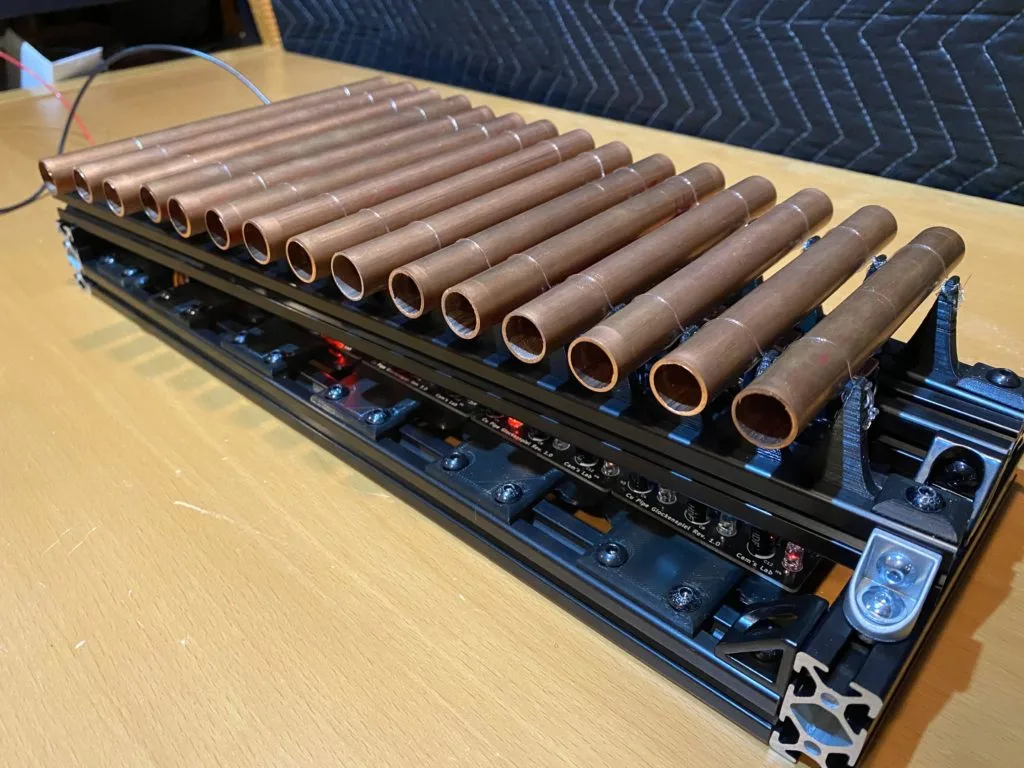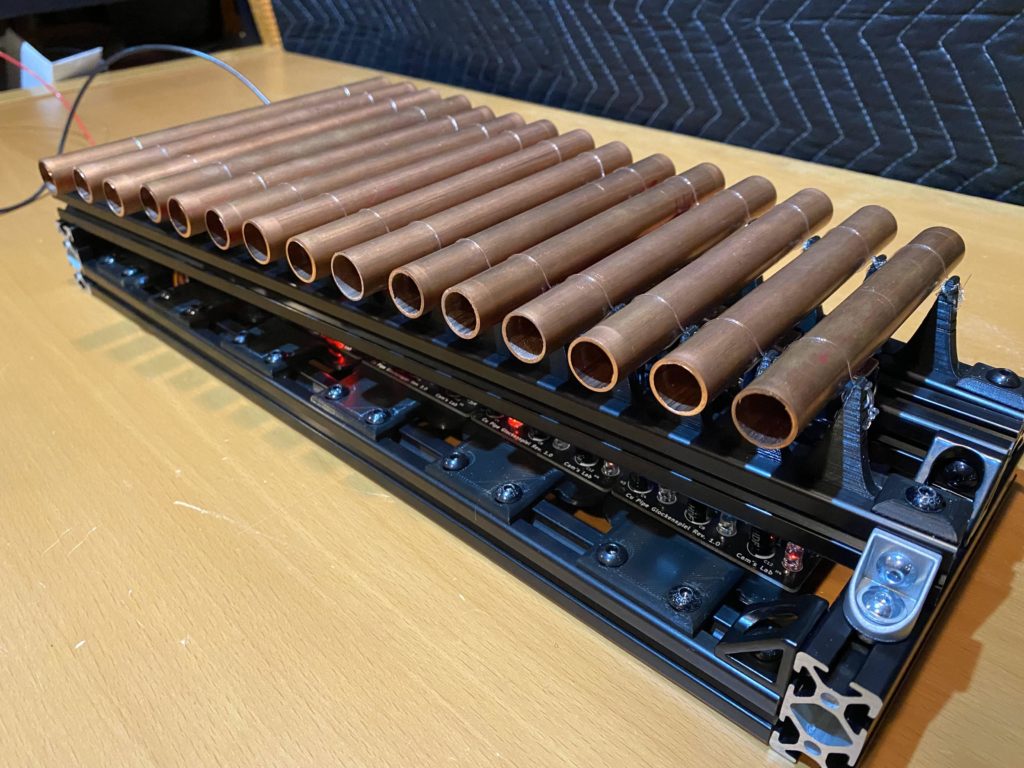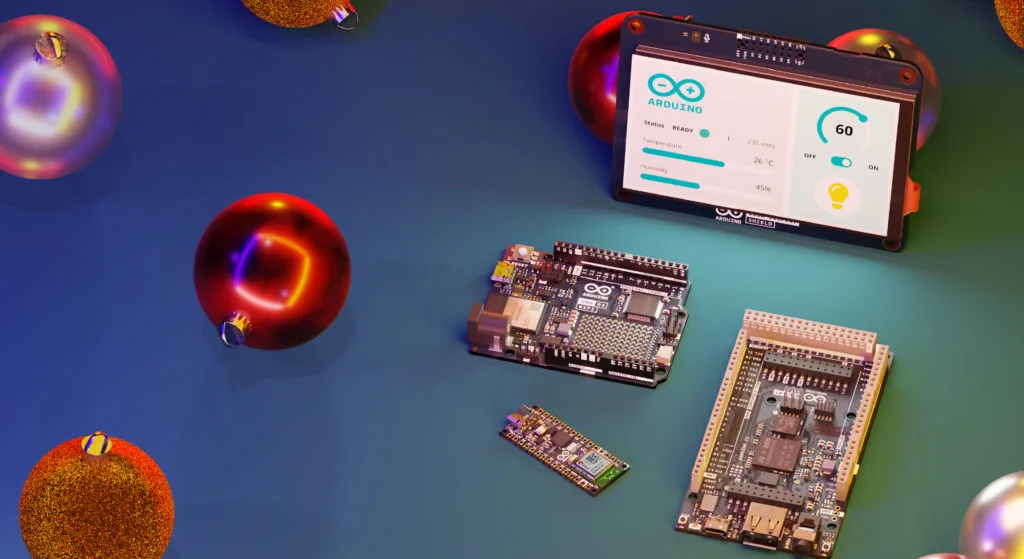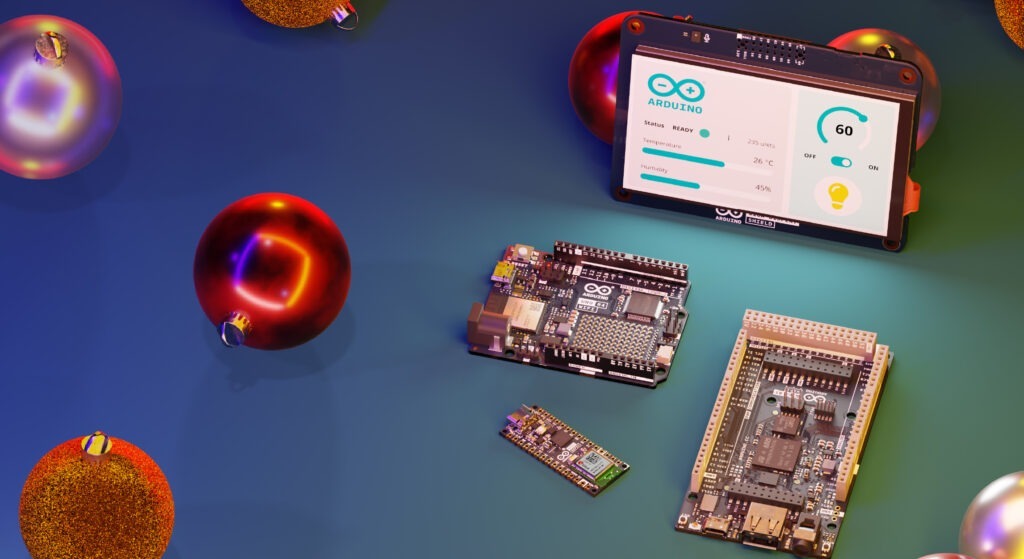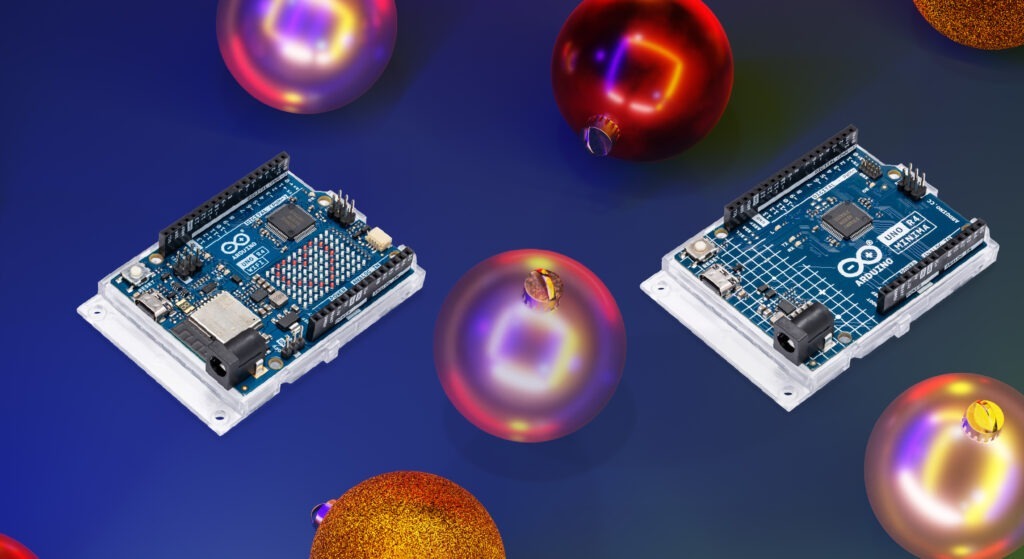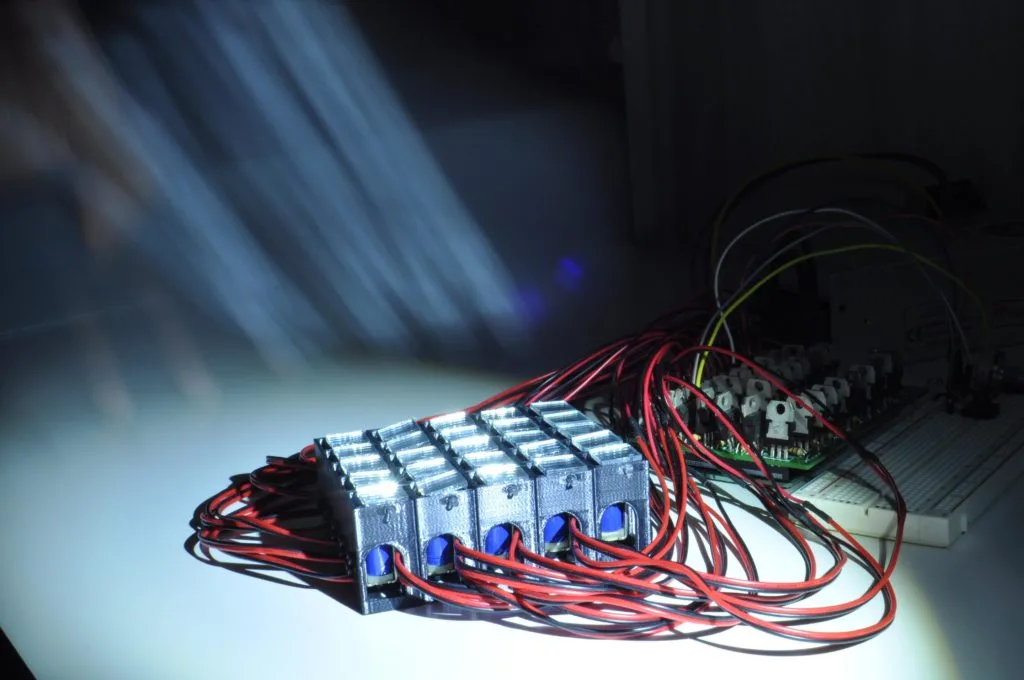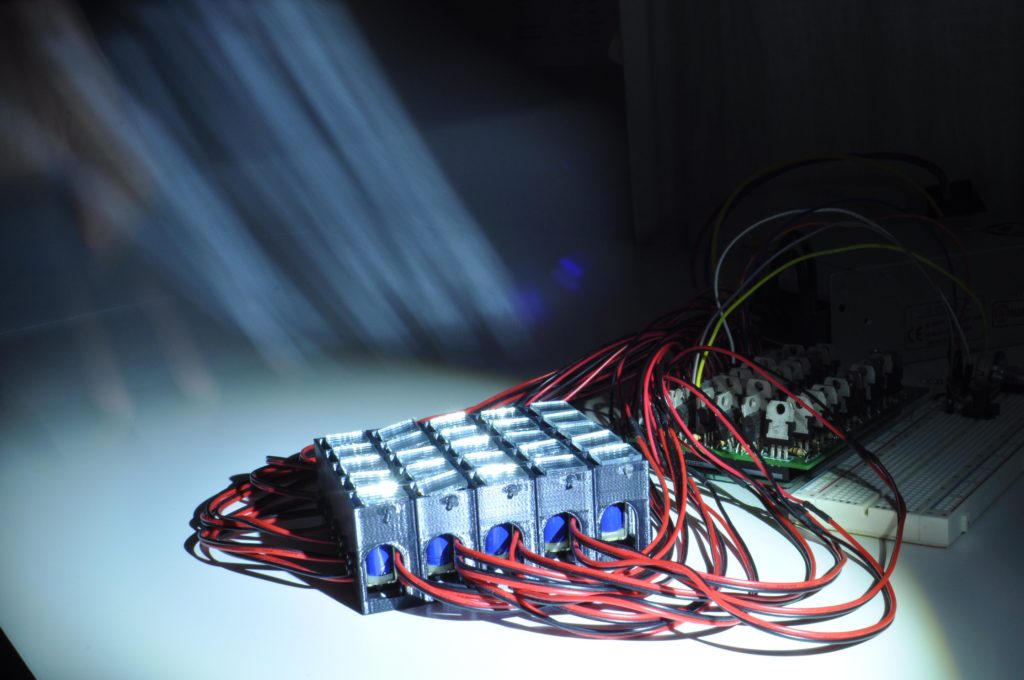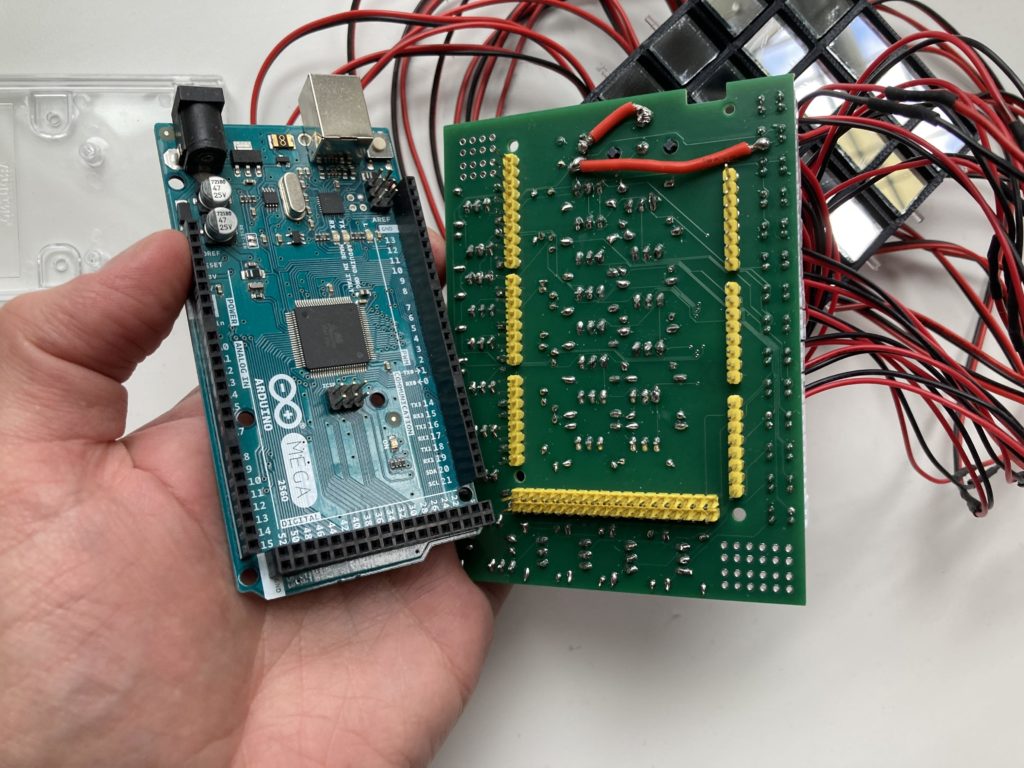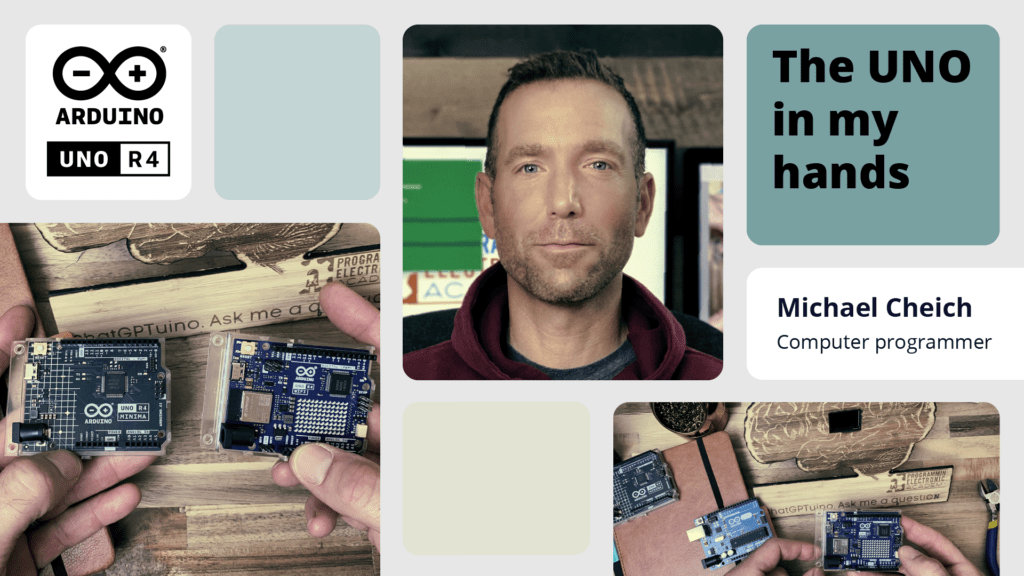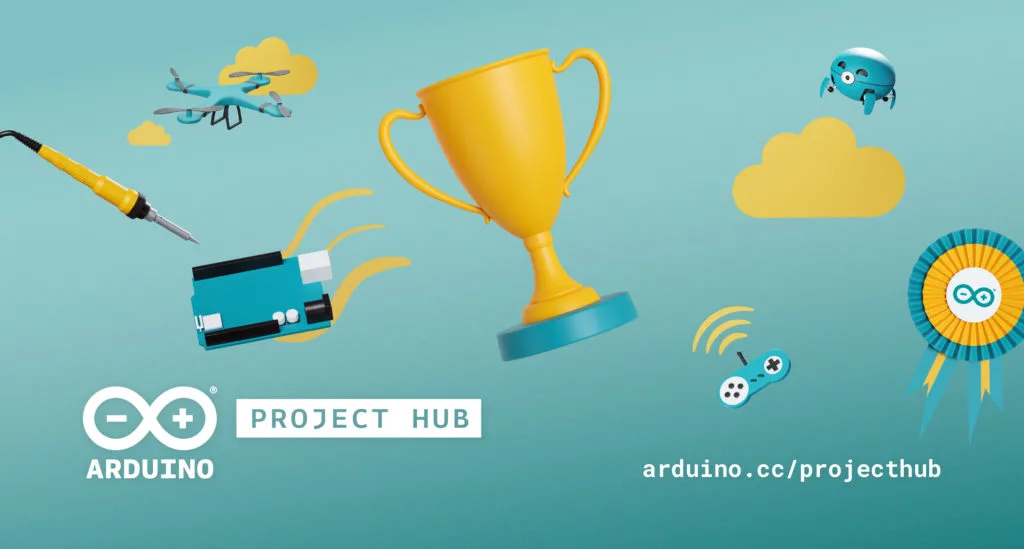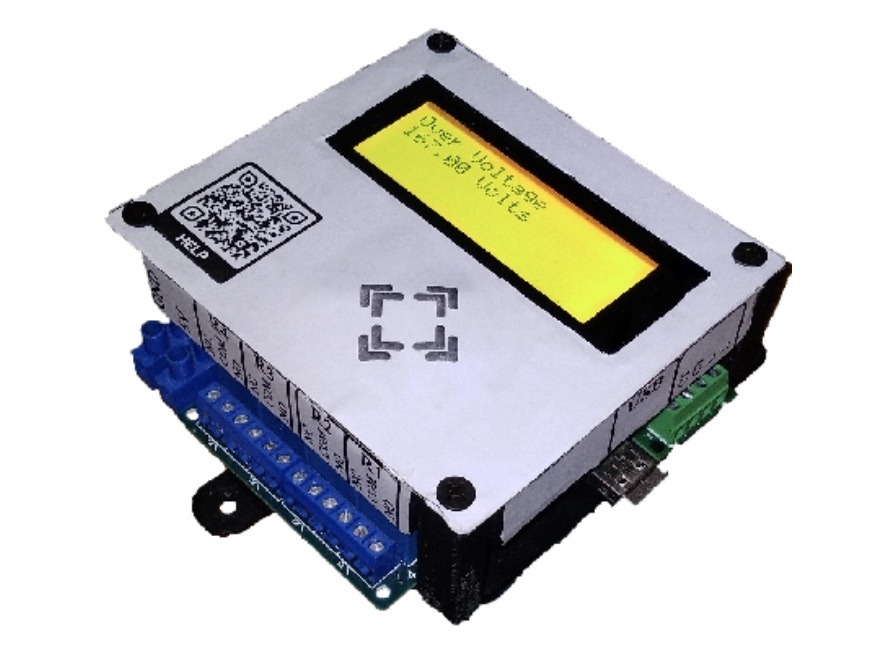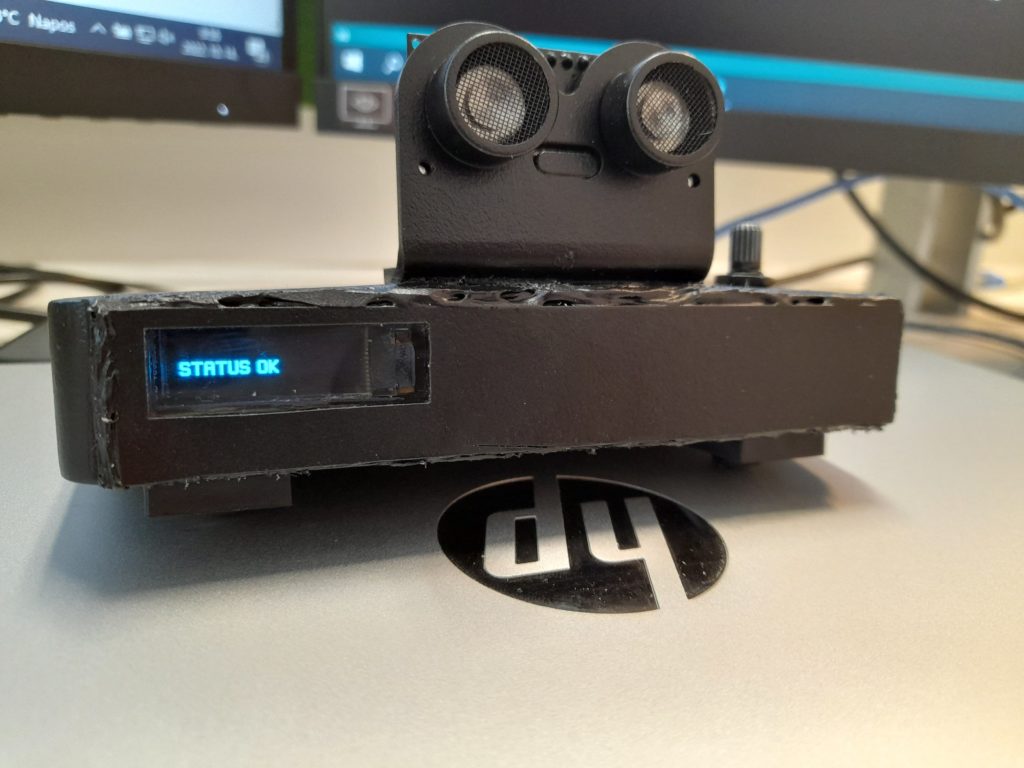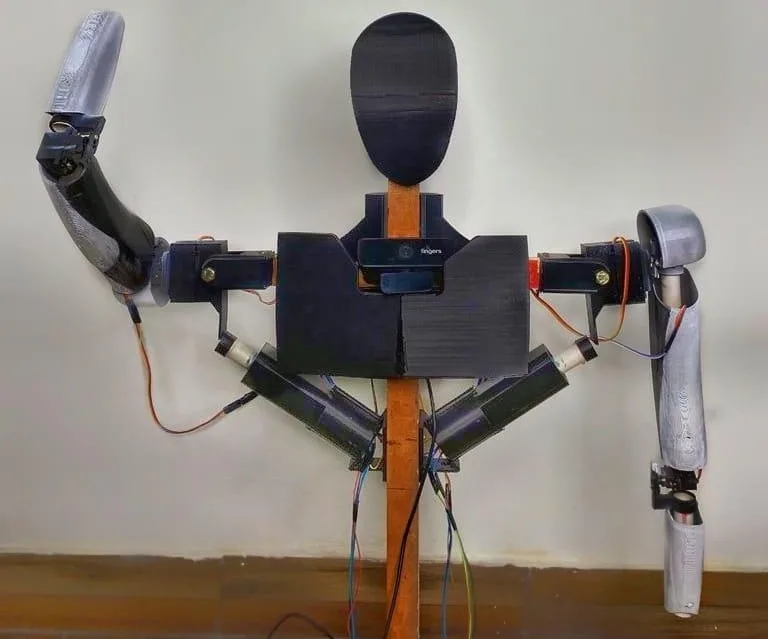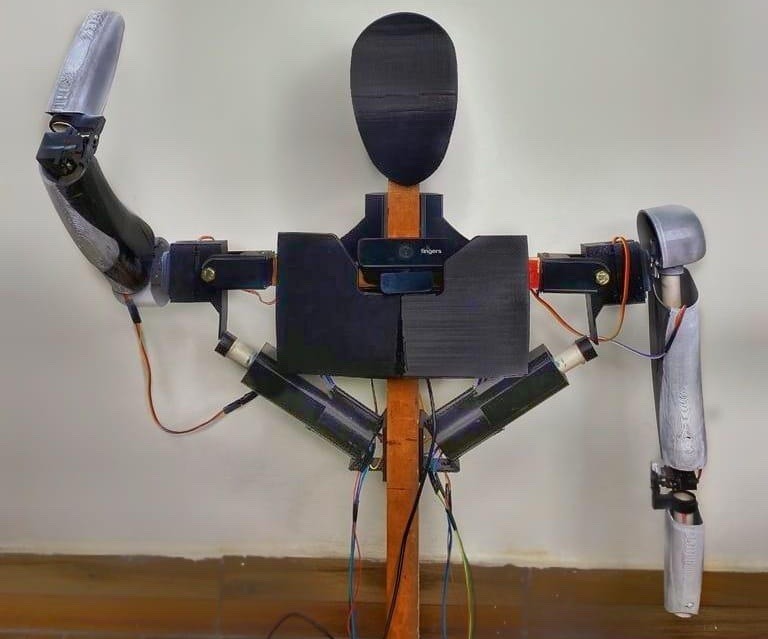The world of IoT just got more exciting: Arduino and SiLabs unveil plans for Matter protocol integration.
In a groundbreaking development for IoT enthusiasts and professionals alike, Arduino and Silicon Labs (SiLabs) have announced a collaboration that promises to revolutionize access to the Matter protocol. This initiative is set to unfold in two major phases, ushering in a new era of connectivity and innovation.
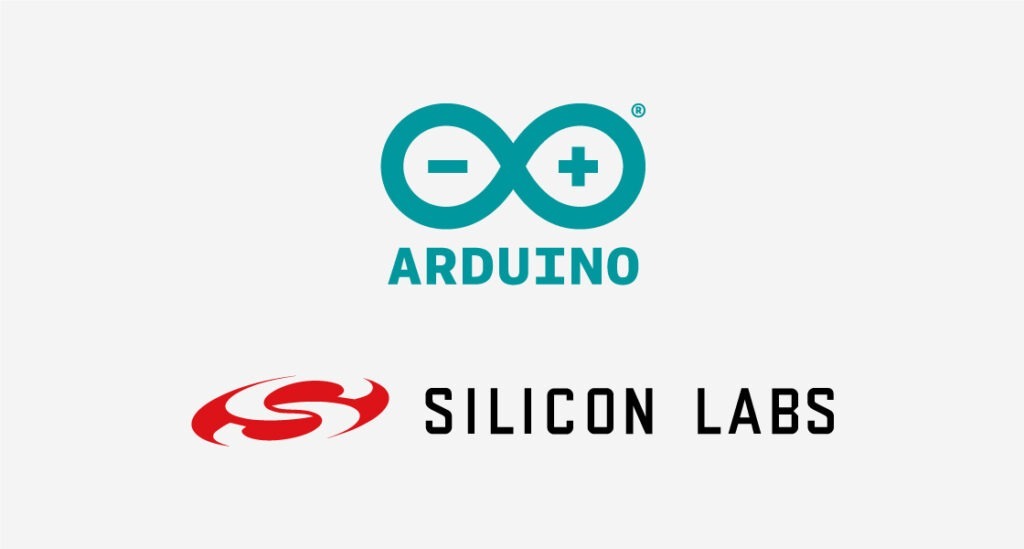
Phase one: The dawn of a new era in IoT development begins at CES 2024
At CES 2024, Arduino and SiLabs have revealed the first phase of their ambitious project. This phase marks the release of an extremely user-friendly Arduino library tailored for the Matter protocol, alongside the Arduino core for SiLabs microcontrollers. This integration into the Arduino IDE is a significant leap forward, making advanced IoT development more accessible than ever.
“Our partnership with Arduino brings simplicity and ease of use to wireless development for Silicon Labs developers as well as Arduino’s 40M users to take their project from concept to production,” said Rob Shane, VP of Global Mass Markets for Silicon Labs. “By integrating Matter with Arduino’s ecosystem, we’re opening a universe of possibilities for developers.”
This announcement is not just about new tools; it’s a statement of intent to make IoT technology more accessible to a wider range of users, from hobbyists to professionals.
Get started now: Use existing Matter boards
In anticipation of the second phase, the Arduino community can begin experimenting with Matter protocol through existing boards. Our friends at SparkFun have provided an excellent platform for this purpose, allowing users to get a head start in exploring the potential of Matter with Arduino.
You can download the new core right now to start experimenting with the Silabs xG24 Explorer Kit and the Sparkfun Thing Plus Matter.
“We are thrilled with the continued adoption of Matter to support IoT applications. The Matter implementation in Arduino has been a massive undertaking and it will make Matter even more accessible for engineers, creators, and innovators across the globe. This is another major step forward in interoperability and improving our daily interactions with the devices we have come to reply upon.” – Glenn Samala, CEO at SparkFun
Phase two: The launch of a revolutionary board ads to Arduino Day celebrations
The second phase is set to culminate on Arduino Day, in March 2024, with the release of an innovative addition to the über-popular Nano family, with a board based on the SiLabs MGM240SD22VNA. This board is expected to be a game-changer in the field of IoT, offering unparalleled ease of use and capabilities.
What this means for the Arduino community
The collaboration between Arduino and SiLabs, leading up to these releases, represents a major stride in making advanced IoT technologies more accessible. The combination of Arduino’s user-friendly interface with the robust capabilities of SiLabs’ technology and the universality of the Matter protocol is a recipe for innovation.
For educators, students, hobbyists, and professionals, this means an unprecedented opportunity to dive into IoT projects with greater ease and more powerful tools. The implications for smart home applications, industrial IoT, and educational projects are immense.
Looking ahead
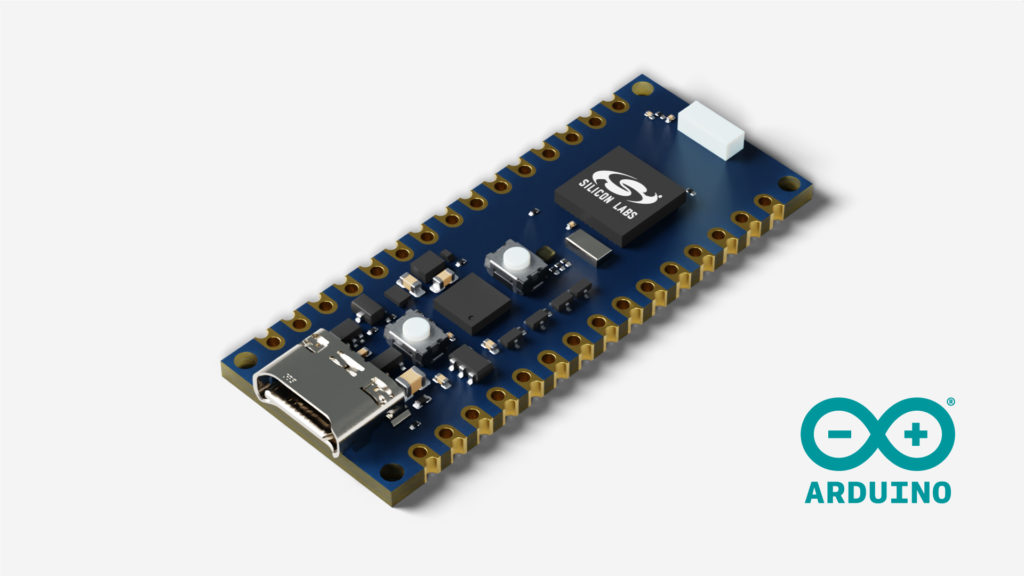
As we eagerly await these releases, the excitement within the Arduino community is palpable. This collaboration is not just about new products; it’s about empowering a whole generation of creators and innovators, breaking down barriers, and opening up new horizons in the world of IoT.
Stay tuned for more updates as we approach these landmark dates, and get ready to embark on a journey of discovery and innovation with Arduino and SiLabs.
Are you in Las Vegas? Come meet the Arduino team at CES 2024 – Venetian Tower — Suite 29-228.
The post Arduino and Silicon Labs team up to make the Matter protocol accessible to all appeared first on Arduino Blog.
Website: LINK
